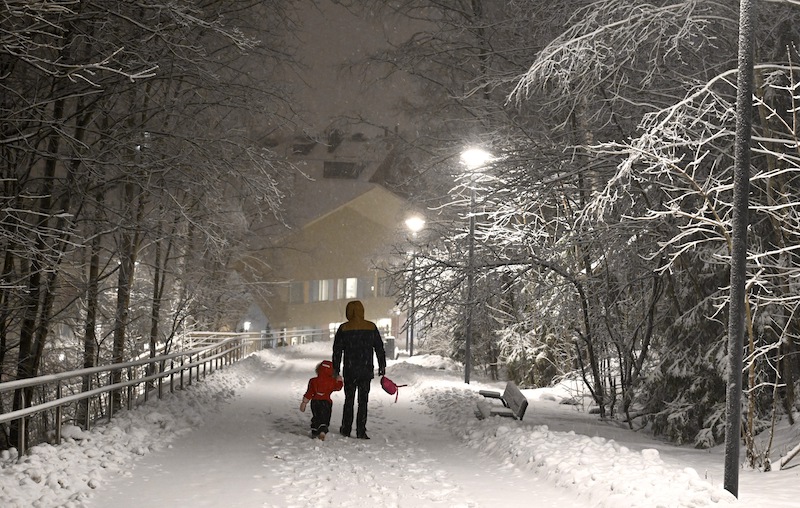in 2023, Finland has witnessed an alarming acceleration of the decline in birth rates, especially in the Uusimaa region managed by Helsinki University Hospital (HUS). The decline in births was faster than expected, raising concerns about demographic trends and their impact on the country’s future.
HUS reported a 1.5% decrease in the number of births in its jurisdiction compared to the previous year.
This followed a significant 10.1% decline in the same period last year. The number of births in HUS hospitals reached 15,493, a decrease of 1.6% from 2022. HUS supervises childbirth at his four main hospitals: Nijstenklinikka, Espoo, Hyuvinkaa and Lohja.
Aydin Tekei, Chief Physician and Line Manager of the Obstetrics and Gynecology Emergency Service at HUS, emphasized the importance of this trend. “The number of births was significantly lower than Statistics Finland expected under the so-called ‘corona boom’ in 2021,” he said.
Among hospitals, Hjvinká showed a positive trend with a 3.5% increase in the number of births, while Lohja also reported a slight increase of 0.6%. In contrast, Espoo and Nystenklinikka observed a decrease of 0.7% and her 3.4%, respectively.
Data for 2023 revealed a slight increase in caesarean sections, accounting for 23.1% of all births, compared to 22.7% in 2022. Tekei pointed out that fear of childbirth is a key factor driving demand for planned caesarean sections, with half of these being planned caesarean sections. Surgery performed on patients diagnosed with childbirth phobia (childbirth phobia).
“The increase in caesarean sections is in line with global trends and, although still slow compared to other countries, concerted efforts are being made to prevent further increases. “It has serious social implications, both in terms of health,” Tekei pointed out.
These statistics paint a complex picture of Finland’s demographic future. Faster-than-expected declines in birth rates, combined with subtle changes in birth methods, are posing challenges to national health systems and broader social planning. As Finland grapples with these changing dynamics, the focus may need to shift to understanding and adapting to these evolving trends.
HT
